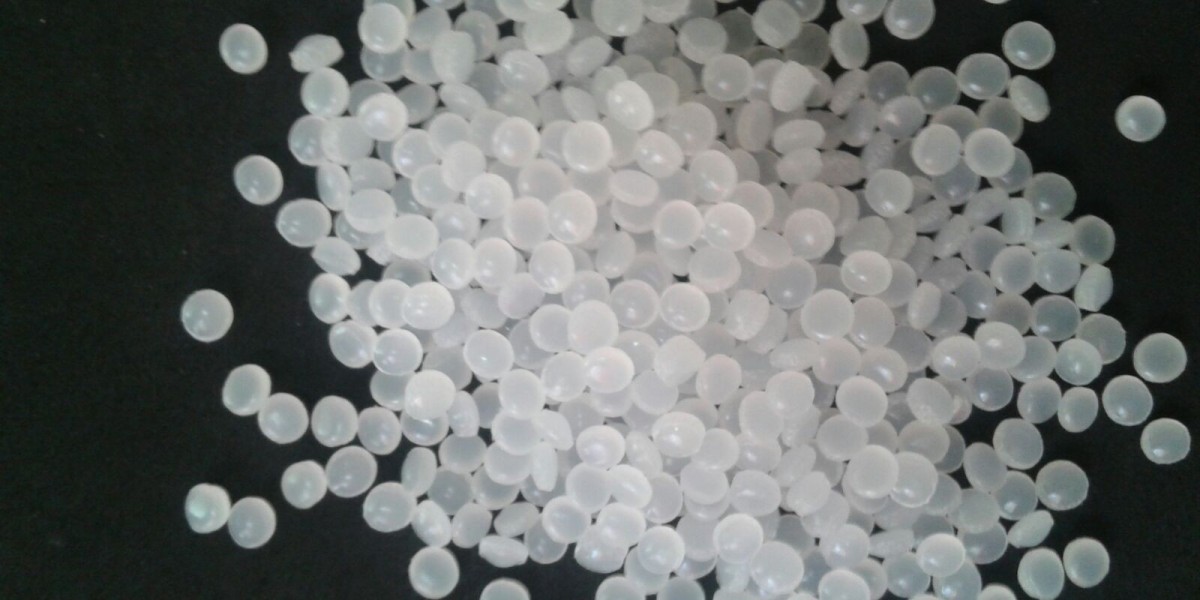In the dynamic landscape of plastics, High Density Polyethylene (HDPE) stands as a stalwart material, driving innovation and shaping the future of countless industries. From its inception to its present-day applications, HDPE has undergone a remarkable evolution, propelled by advancements in technology, sustainability initiatives, and changing consumer demands.
The Rise of HDPE
High Density Polyethylene (HDPE) has emerged as a cornerstone of the plastics industry, valued for its versatility, durability, and wide-ranging applications. HDPE is a thermoplastic polymer characterized by its high strength-to-density ratio, excellent chemical resistance, and ability to be molded into various shapes and forms. Originally developed in the 1950s, HDPE has since become one of the most commonly used plastics globally, finding its way into diverse sectors such as packaging, construction, automotive, and agriculture.
Sustainability and Circular Economy
In recent years, sustainability has become a driving force in the plastics industry, with a growing emphasis on reducing environmental impact and promoting circular economy principles. High Density Polyethylene, with its recyclability and potential for reuse, is at the forefront of these efforts. Manufacturers and stakeholders are increasingly focusing on improving recycling infrastructure, developing innovative recycling technologies, and incorporating recycled HDPE into new products. By closing the loop and minimizing waste, the HDPE industry is contributing to a more sustainable future.
Lightweighting and Material Efficiency
One of the key trends in the HDPE industry is the ongoing pursuit of lightweighting and material efficiency. As industries seek to reduce costs, improve fuel efficiency, and minimize environmental footprint, lightweight materials such as HDPE offer an attractive solution. HDPE's low density, combined with its high strength and durability, makes it an ideal choice for applications where weight reduction is critical, such as automotive components, packaging, and construction materials.
Advanced Manufacturing Techniques
Advancements in manufacturing techniques are driving innovation in the HDPE industry, enabling the production of complex shapes, custom designs, and high-performance materials. Techniques such as injection molding, blow molding, and extrusion allow for precise control over material properties and product specifications. Additionally, the emergence of additive manufacturing technologies, such as 3D printing, opens up new possibilities for customized HDPE parts with intricate geometries and enhanced functionality.
Get more insights on High Density Polyethylene








